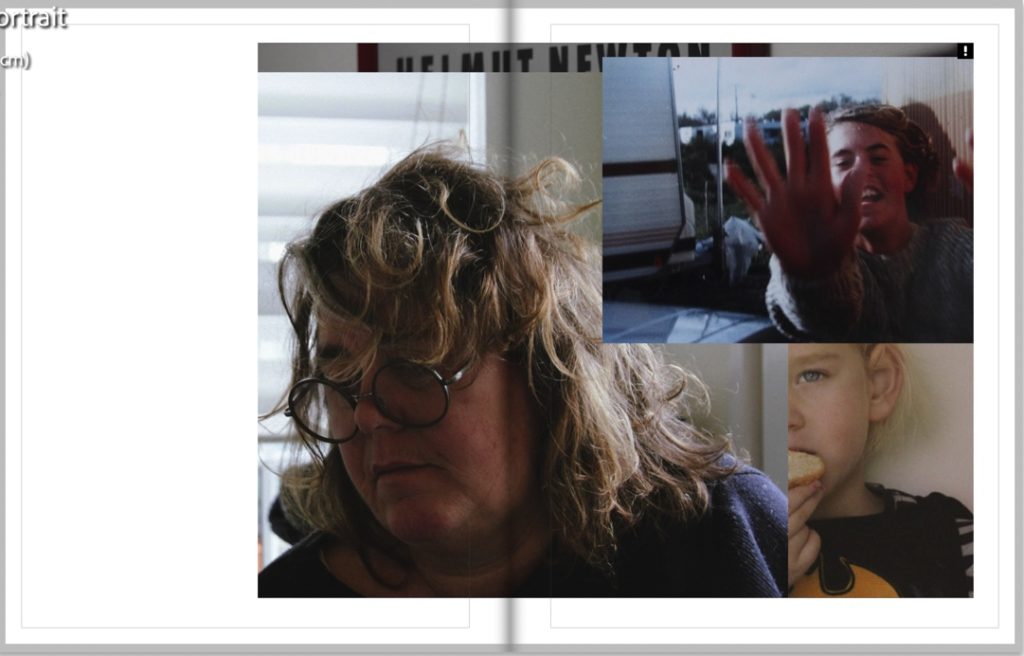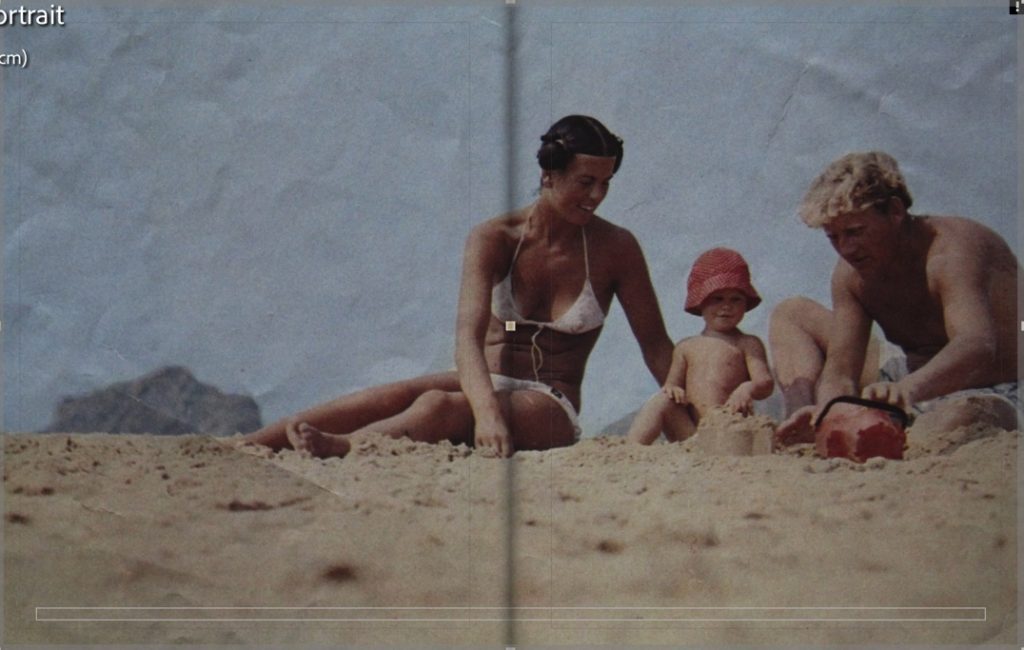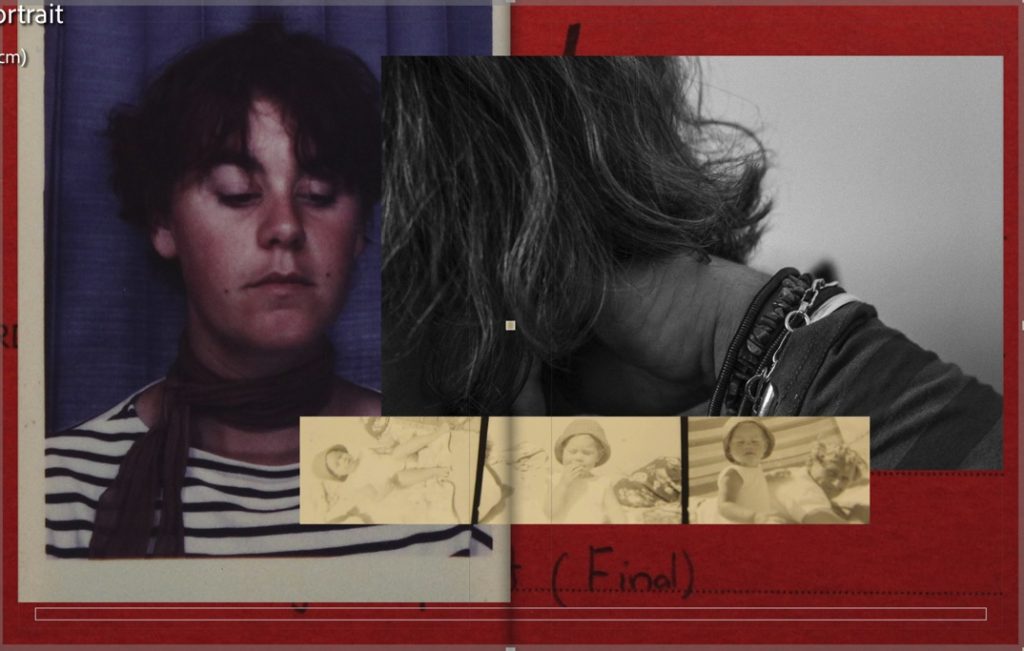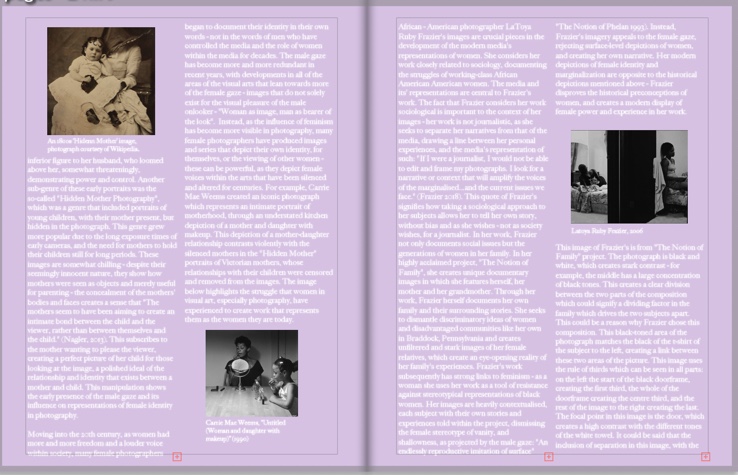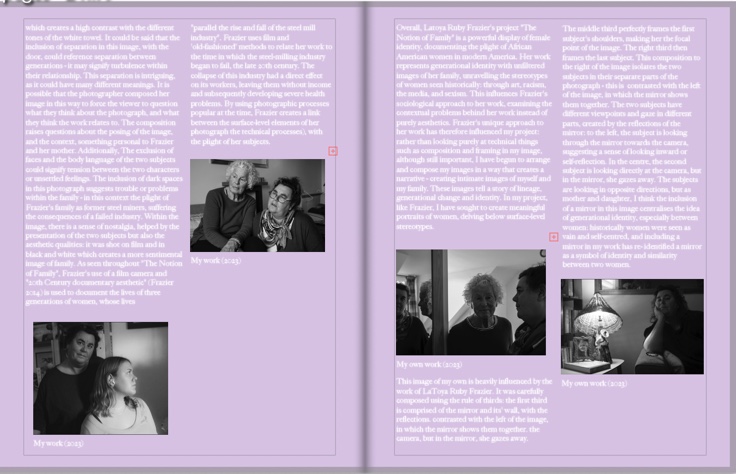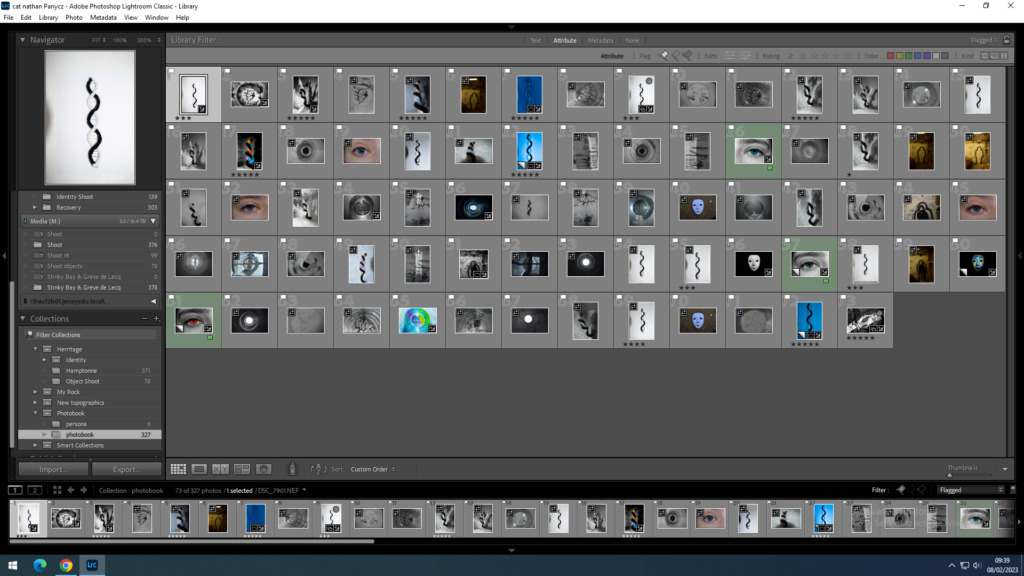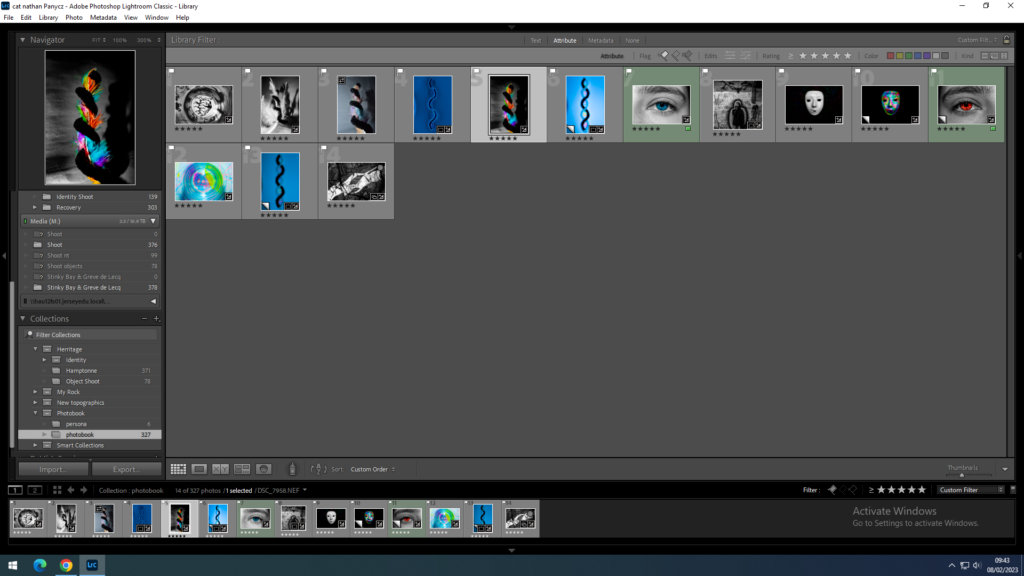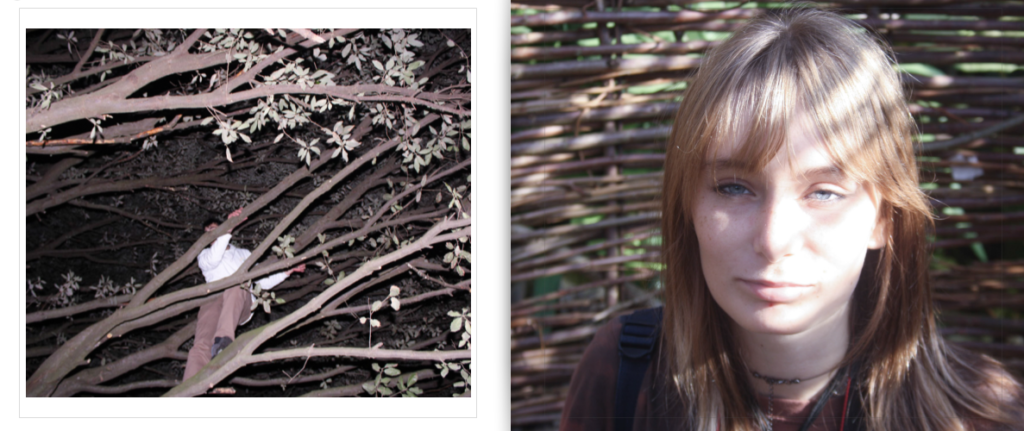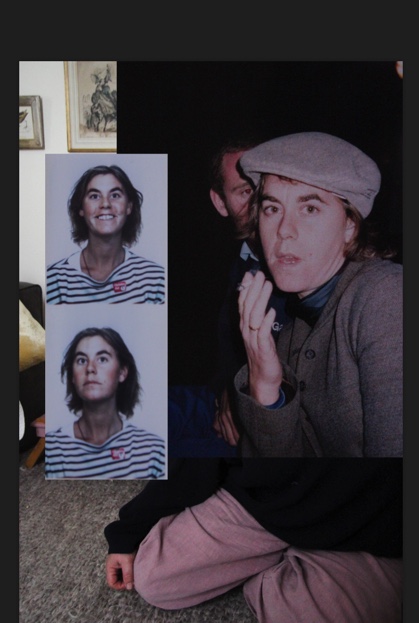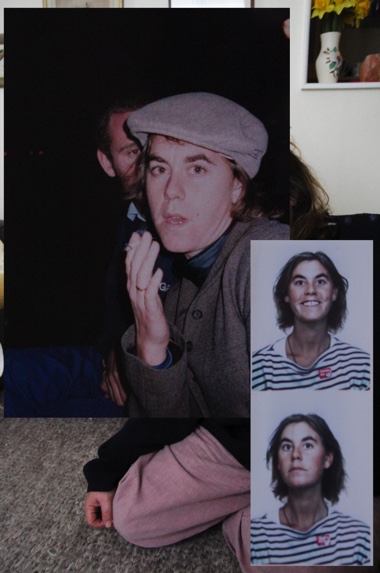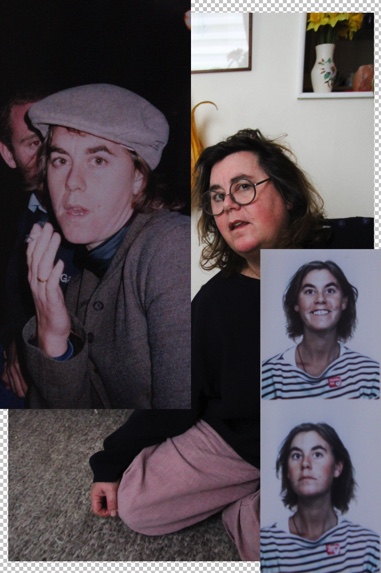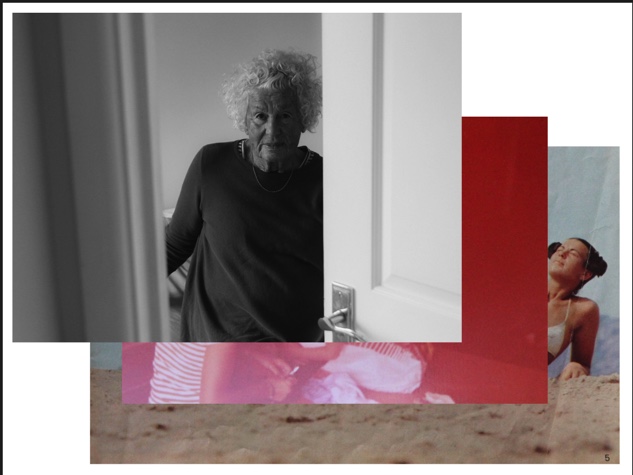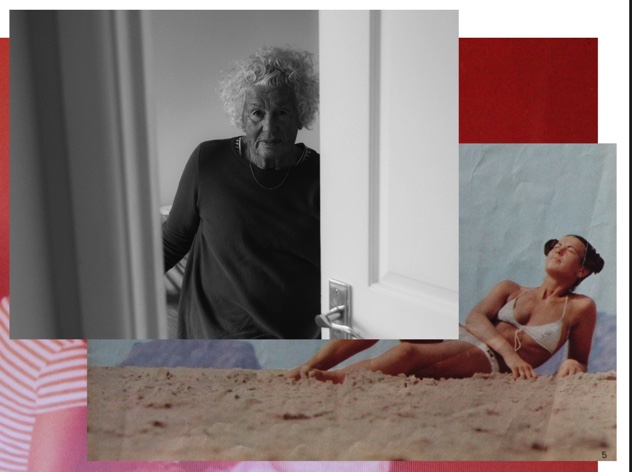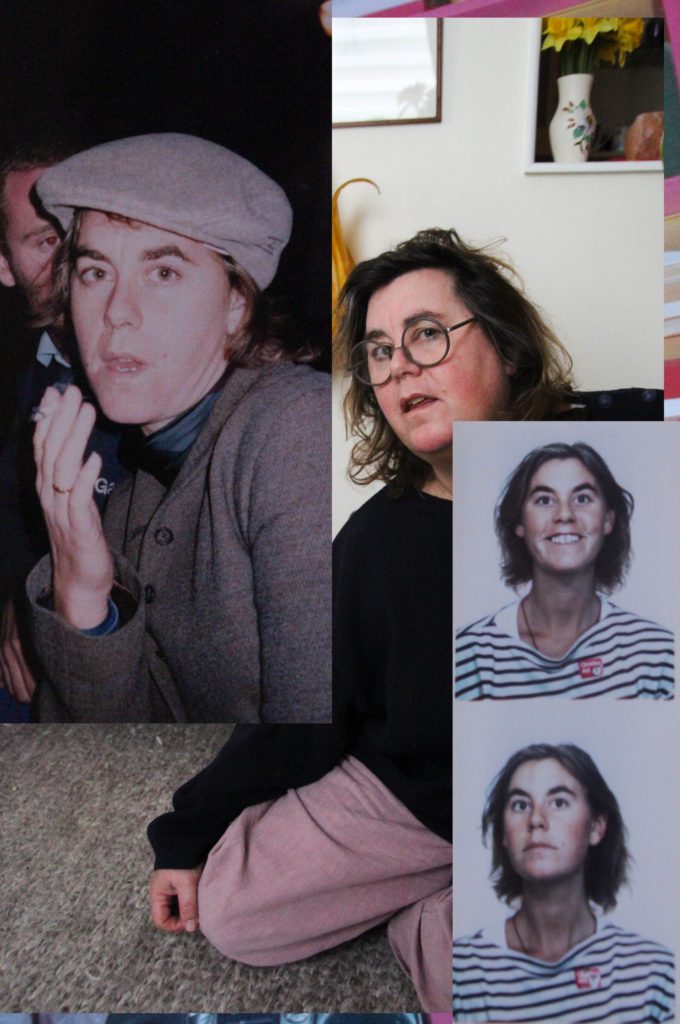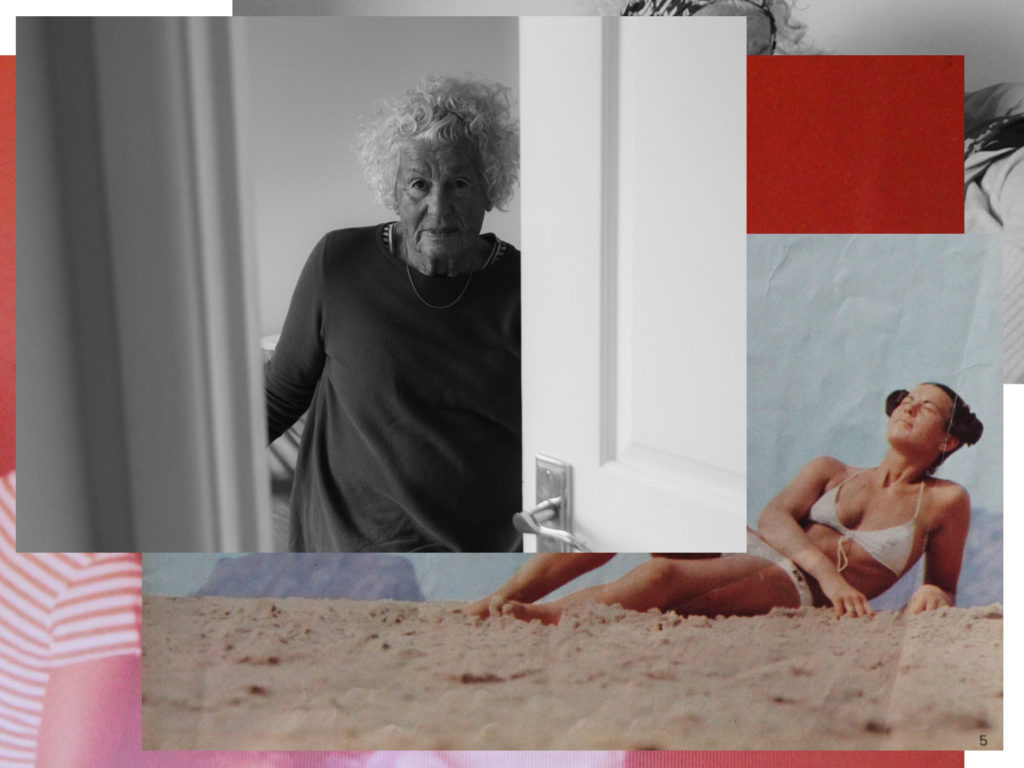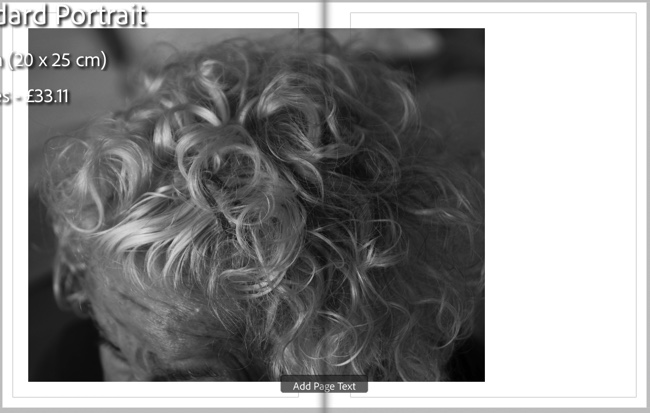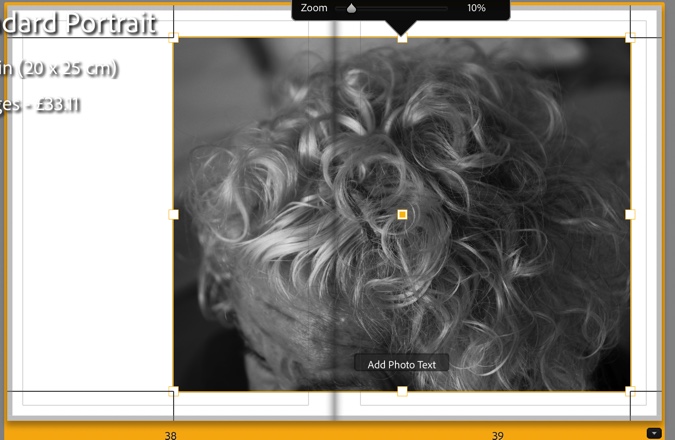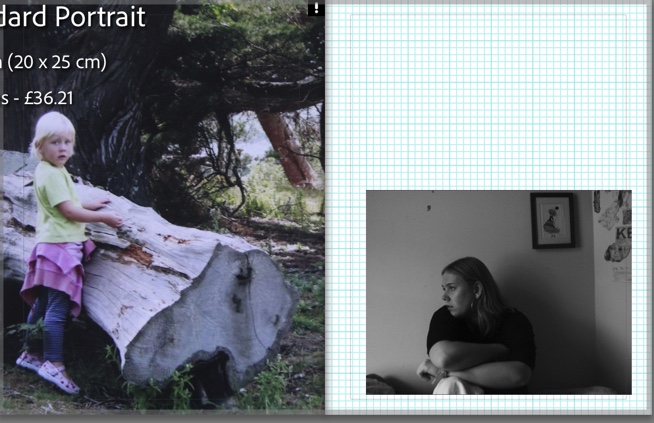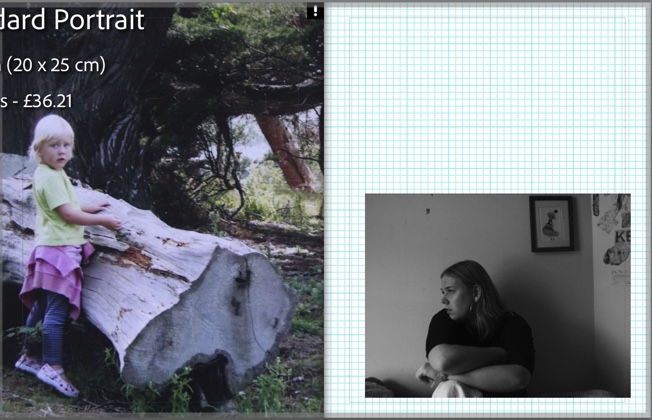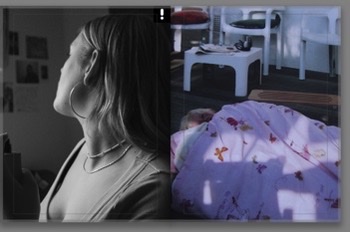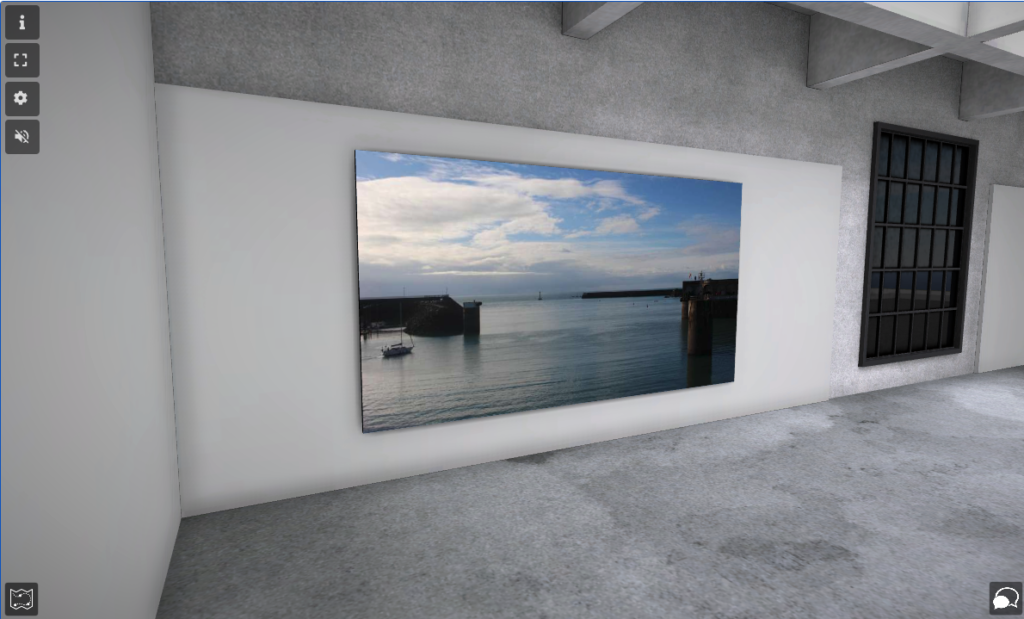Below I have illustrated all of my final images, these are from all of my Personal Study project. These photographs are from my La Collette, Greenhouses, La Marais and St Clement’s photoshoots, this is because I believe that I have successful images throughout all of my attempts to explore the theme of Anthropocene in a variety of locations.

I have selected this as on of my final images as I believe that it is one of my most successful reflections of my personal study. This is because of the overall quality of the image, with the clarity being high and there being lots of natural saturation present. In my opinion, this is my strongest piece, and will be printed out in order to be displayed as an A3 piece, probably being laid out and stuck onto form board, as I believe this thick white background will match nicely with the colours in the image, and the white will enhance the saturation in the photograph. One feature of this photograph which really stands out is all of the parallel lines, both vertical and horizontal, that are being shown. These adds dimension to the image as all of the vertical lines in the foreground and all of the horizontal in the background means that there is also some level of juxtaposition.
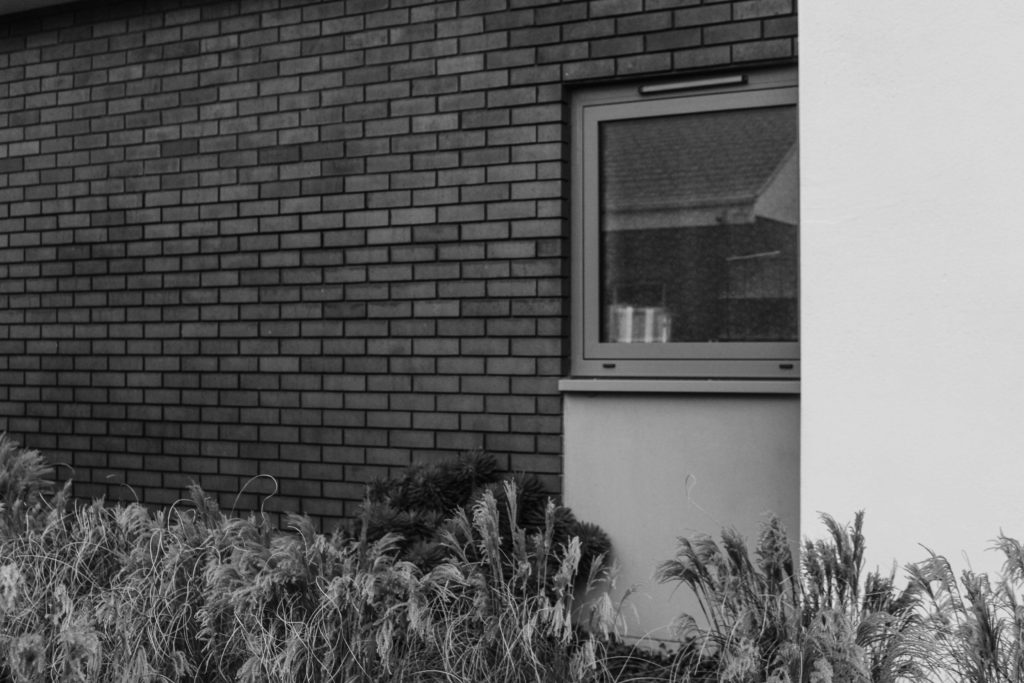

These two photographs have been placed next to each other in my photobook, and I have additionally decided that they would look good displayed together as well. This is because of the high amount of similarities within both of these images, they have some of the same brickwork as they were taken very close to each other, they have also been edited in the same way so that both of them have the same levels of texture and contrast throughout them, this is important as it helps with the flow between these two images, meaning that they link together well and can be presented next to each other. Furthermore, these are some of my most successful reflection of Lewis Baltz’s work as they are somewhat plain but do very much focus on the theme of Anthropocene, especially as the first image has both natural and manmade formations.
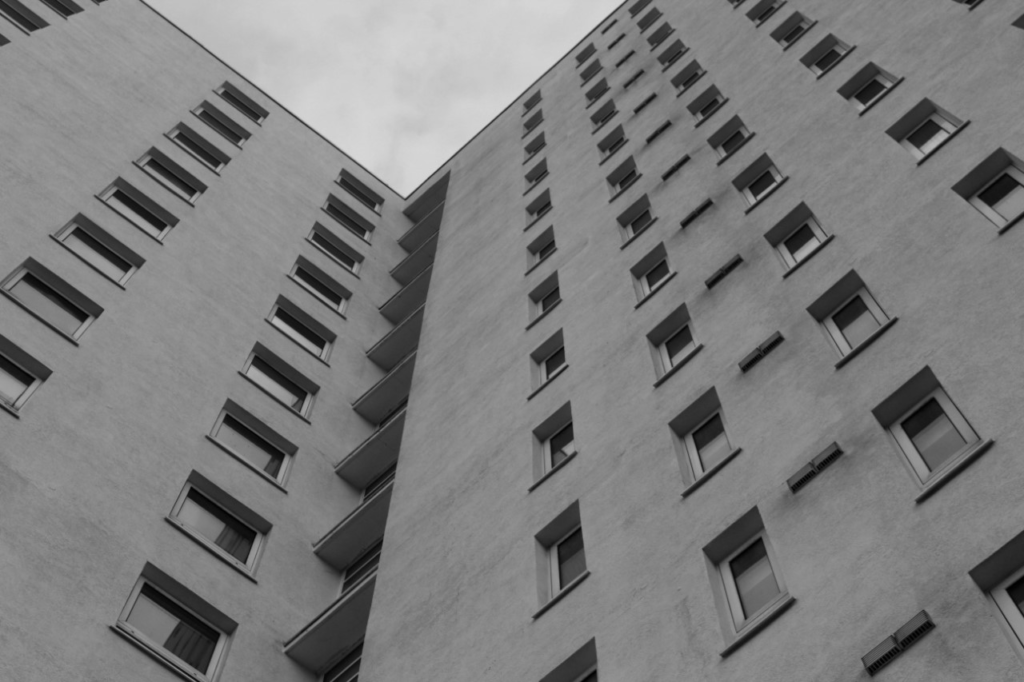
This photograph was taken at La Marais, from the ground looking upwards. I really like how this image has a unique and different perspective which is one that is different from the majority of my other work. Additionally, I think that this could be linked to the work of Lewis Baltz, this is because of the monochromatic editing but this image doesn’t have high levels of contrast, I think this is a good aspect as all of the details in the windows are still there, and there is some lighter shadows and darker tones. Despite all of this, it could be said that this image is very repetitive, and doesn’t contain a lot of interesting features to analyse and doesn’t necessarily convey the concept of Anthropocene,
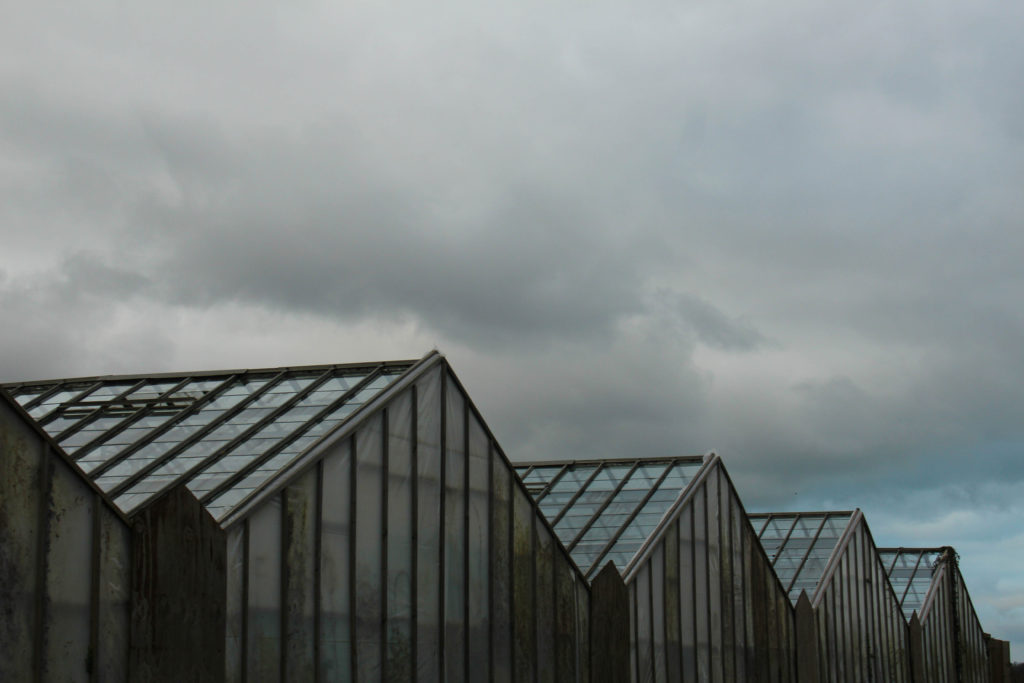
This image is one of my most successful from my Greenhouse photoshoot, and was featured as a double page spread in my photobook. I really like the colours and tones in this image, as there is mostly greens, blues and greys present and I think that these colours all match together well. Additionally, the perspective of the image means that the image is made more interesting, along with the soft textures of the sky contrasting with the harsh lines in the structure itself and the dark tones, The aim of this image was to respond to the the work of Richard Misrach, with the aspect of nature being present. His work is normally related to wide shot work with plain background, however I think the greenhouse structure itself means that I can relate to his work and makes clear differences and similarities.


These two final photographs, they have a lot of similarities as they were taken in close proximately to each other, I really like how they fit together, with the first image being a wider shot and the second image being very zoomed in and attempting to focus on the base of the building, and trying to highlight to parallel lines and detail within the building. I decided that these images would be more successful displayed in my final photobook, with them being displayed exactly in this composition. These image complement each other very well as I have attempted to edit them in the same way. I really like that these image have a lot of potential, as they could have been edited in any other way, in colour, as they appear above in black and white, and also using the ‘invert’ tool which can be found in photoshop, or the ‘colour’ tool in photoshop. As this editing means that all the brickwork turns different colours.
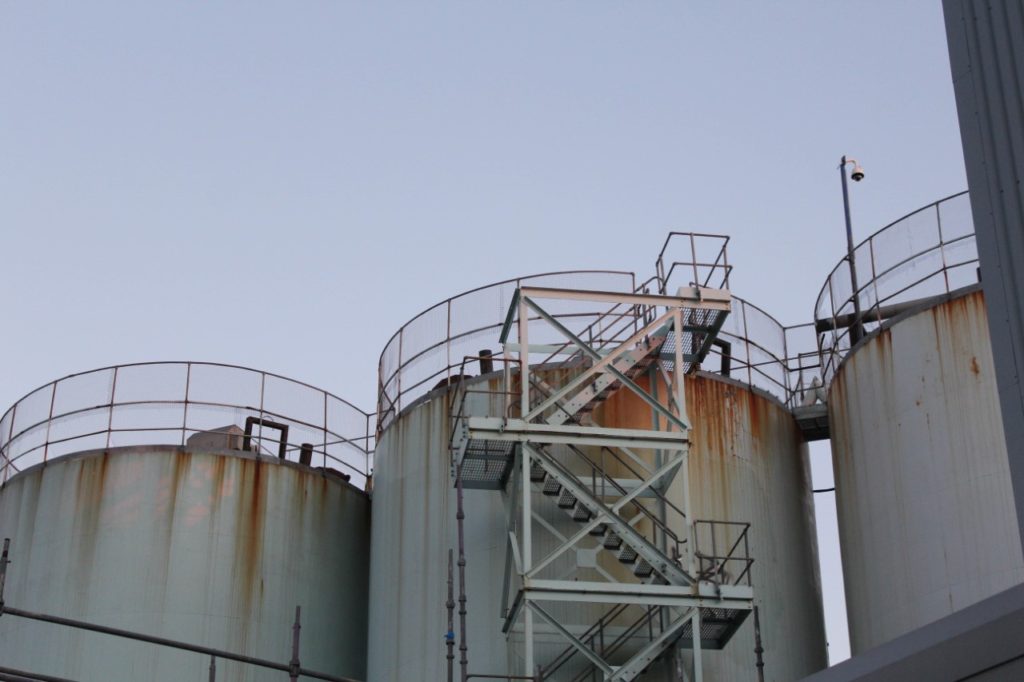
I have selected this as my final image, as overall I think that the aesthetic of this photograph means that this is one of my most successful images. In my opinion, this photograph looks good in my photobook because of the colours and tones throughout it, the warm tones along with the still blue background means that the image look more inviting. However, the composition of the image could be seen as challenged, as all three of these oil tanks are not all present in the image, with the first one being barely visible. My intention behind this image was to recreate some aspects of Misrach’s work, and I did not consider how the lack of the other tanks may still out. That being said I still like that the middle oil tank has the ladders on it, and because of this extra structural aspect, and the rust that comes along with this attaches attention because of the orange contrasting the blue.















